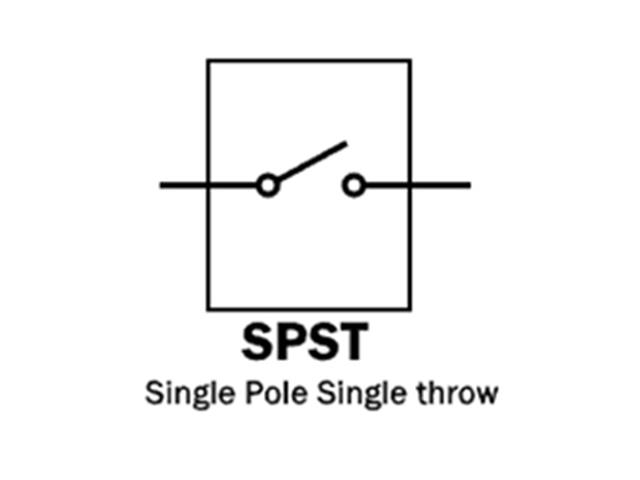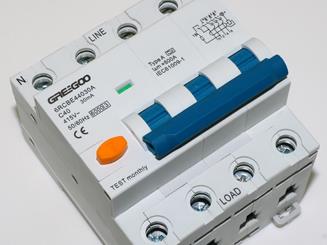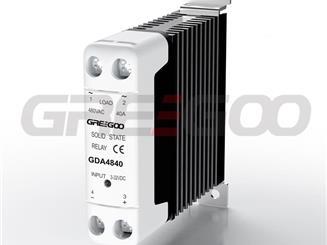Greegoo's motor reversing solid state relays introduction
A motor reversing solid-state relay (SSR) is an electrical switching device used to control the direction of rotation of an electric motor. It is specifically designed for applications where you need to reverse the direction of a motor's operation, such as in machinery, conveyor systems, and industrial equipment.
| Here are some key features and functions of a motor reversing SSR:
|
DC Motor Reversing Solid State Relays |
|
Three phase Motor Reversing SSR Relays |
Motor reversing SSRs are commonly used in various industrial and automation settings where precise control over motor direction is required. They can be controlled by low-voltage signals (such as from a microcontroller or PLC) and provide a high-voltage switching capability for the motor. These devices contribute to smoother and more efficient operation in applications where motor direction changes are frequent or need to be controlled accurately.

How to Choose the Right Medium Voltage Current Transformer: MV Bushing CT vs MV CT
MV Bushing CT vs MV CT: Comparison of Installation, Design, and Application Scenarios
Read More
Differences Between Vacuum Relay, SPST-NC, STST-NO, SPDT, and DPDT Switches
SPST-NC, STST-NO, SPDT, and DPDT vacuum relay
Read More
RCBO - electronic and magnetic type, type A and AC, maximum up to 40A
6kA RCBO, 4P/2P, type A/AC, 6A to 40A, electronic and magnetic tripping
Read More
How to choose a suitable Solid State Relays
Single phase or three phase, nominal voltage and current, potential surge or inrush current, AC or DC load, control signal, zero crossing type or random control ssr etc.
Read More















